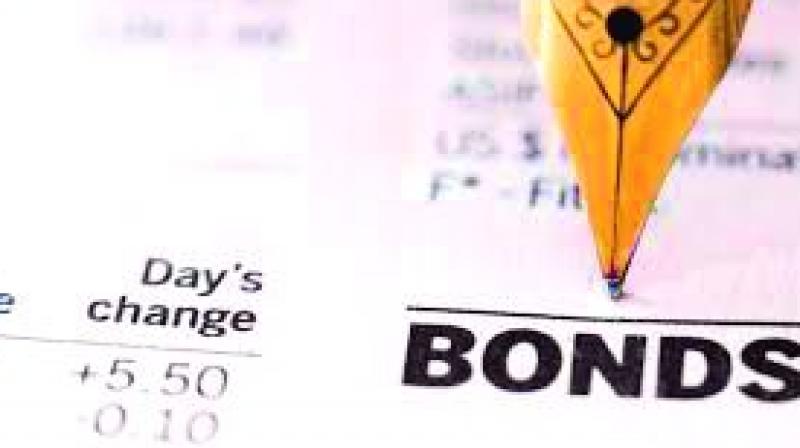Bond yield curveball stalls stocks

London: This year's roaring rally in world equities ran into sand by the end of the quarter, with warning signs from bond markets, U-turns from central banks and persistent trade worries scattering consensus about what happens over the rest of 2019.
The pan-European STOXX 600 Index has climbed 12.2 per cent in the first three months of the year, its best quarter in four years, while the S&P 500 is on track for its biggest quarterly gain in nearly a decade.
A bounceback was expected after the historic rout in late 2018, but few investors predicted the size of the rebound or the scale of the about-turn by European and US central banks on interest rates that helped fuel it.
The majority of the gains were logged in January - between 6 and 8 per cent - as dovish comments from the Federal Reserve, economic stimulus in China and easing trade tensions between Beijing and Washington soothed worries about slowing economic growth.
In March, however, the pace slowed to 1 per cent as euphoria over slower rate hikes turned to worries about what the uber-dovish Fed and ECB stance said about the world economy amid tepid US and euro-zone growth.
Now few are taking a strong view. "People are wondering if they've missed the rally and then they think it doesn't make sense to invest when the curve is inverted and the economy is slowing," said Willem Sels, Chief Market Strategist at HSBC Private Banking.
He reckons global stocks have the potential to rise another 5 to 7 per cent, with the inversion of the bond yield curve overdone.
"The next few weeks will be more volatile, people are going to be concerned until they see the data improve and Q1 earnings might not be very good so we're in a zone of higher volatility," he said.
A poll of investors across the globe in February revealed the wide dispersion of views about how equities will fare over the next 12 months, illustrating the lack of consensus across the market.
Take the estimates for the S&P 500: The highest called for the Index to rise 25 per cent, while the most bearish pegged the market falling by around 10 per cent by mid-2020.
Europe displayed a similar disparity, with estimates ranging between a 15 per cent rise and a plus-20 per cent increase for the STOXX 600.
In the end, the median forecast for the pan-European STOXX 600 and FTSE 100 were level with the current markets, suggesting that gains across stocks have run their course.
Implied volatility in European and US stock markets, often viewed as a gauge of fear, also plunged in the first quarter. The Wall Street fear gauge has more than halved to 13 points from the December peaks, while the same measure in Europe dropped to a third of its late-2018 highs.
Capping off a wild quarter were big gyrations in US bond yields last week, which plunged investors deeper into confusion.
—Reuters

